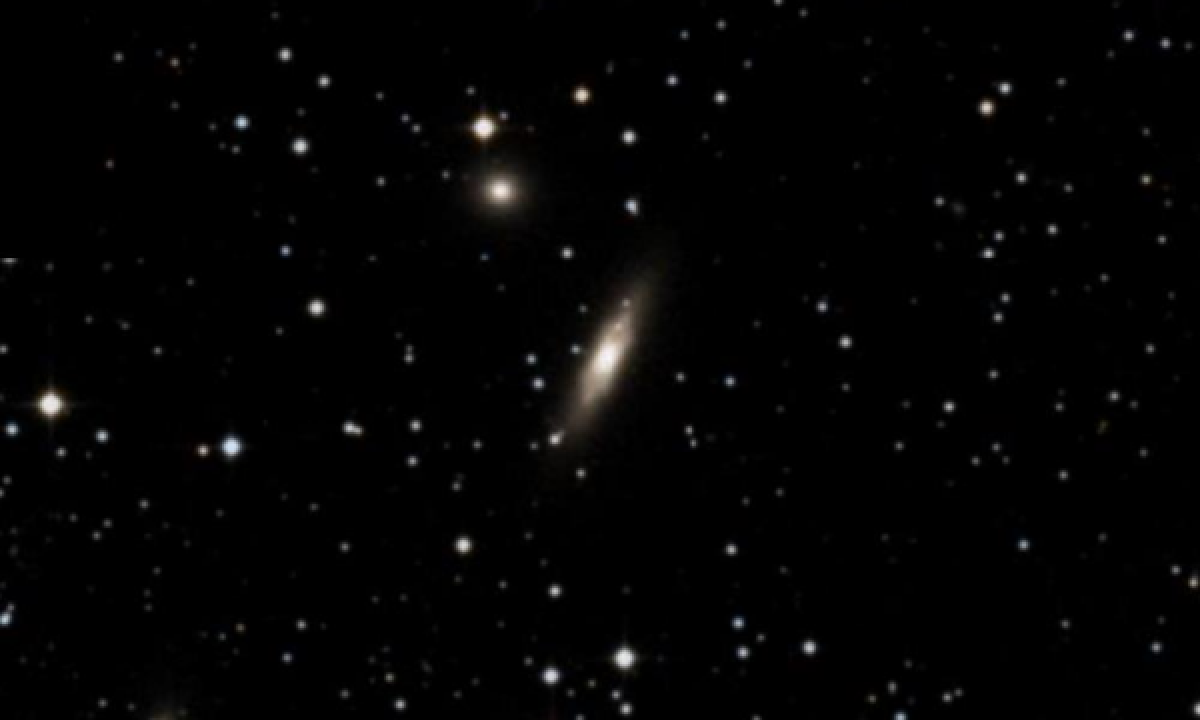The New General Catalogue of Nebulae and Clusters of Stars (abbreviated as NGC) is a catalogue of deep-sky objects compiled by John Louis Emil Dreyer in 1888. The NGC contains 7,840 objects, known as the NGC objects. It is one of the largest comprehensive catalogues, as it includes all types of deep space objects, including galaxies, star clusters, emission nebulae and absorption nebulae.
Know more about NGC
NGC 1175

NGC 1175, also known as the Peanut Galaxy, is a large lenticular galaxy located in the constellation Perseus. Its speed relative to the cosmic microwave background is 5,349 ± 19 km/s, which corresponds to a Hubble distance of 78.9 ± 5.5 Mpc (~257 million ly). It was discovered by the German-British astronomer William Herschel in 1786. It is notable for odd appearance when viewed edge-on, resembling an unshelled peanut or giant "X". Astronomers think these kinds of structures began forming around 7 billion years ago. Their formation is related to the formation of galactic bars. NGC 1175 is about the same distance from the Milky Way as NGC 1177. These two galaxies form a gravitationally interacting pair. To date, a non-redshift measurement gives a distance of approximately 44,900 Mpc (~146 million ly). This value is far outside the Hubble distance values. Note that it is with the average value of independent measurements, when they exist, that the NASA/IPAC database calculates the diameter of a galaxy.
More Images:

Sources:
Wikipedia Page: NGC 1175
NGC 1175 at In-The-Sky website
